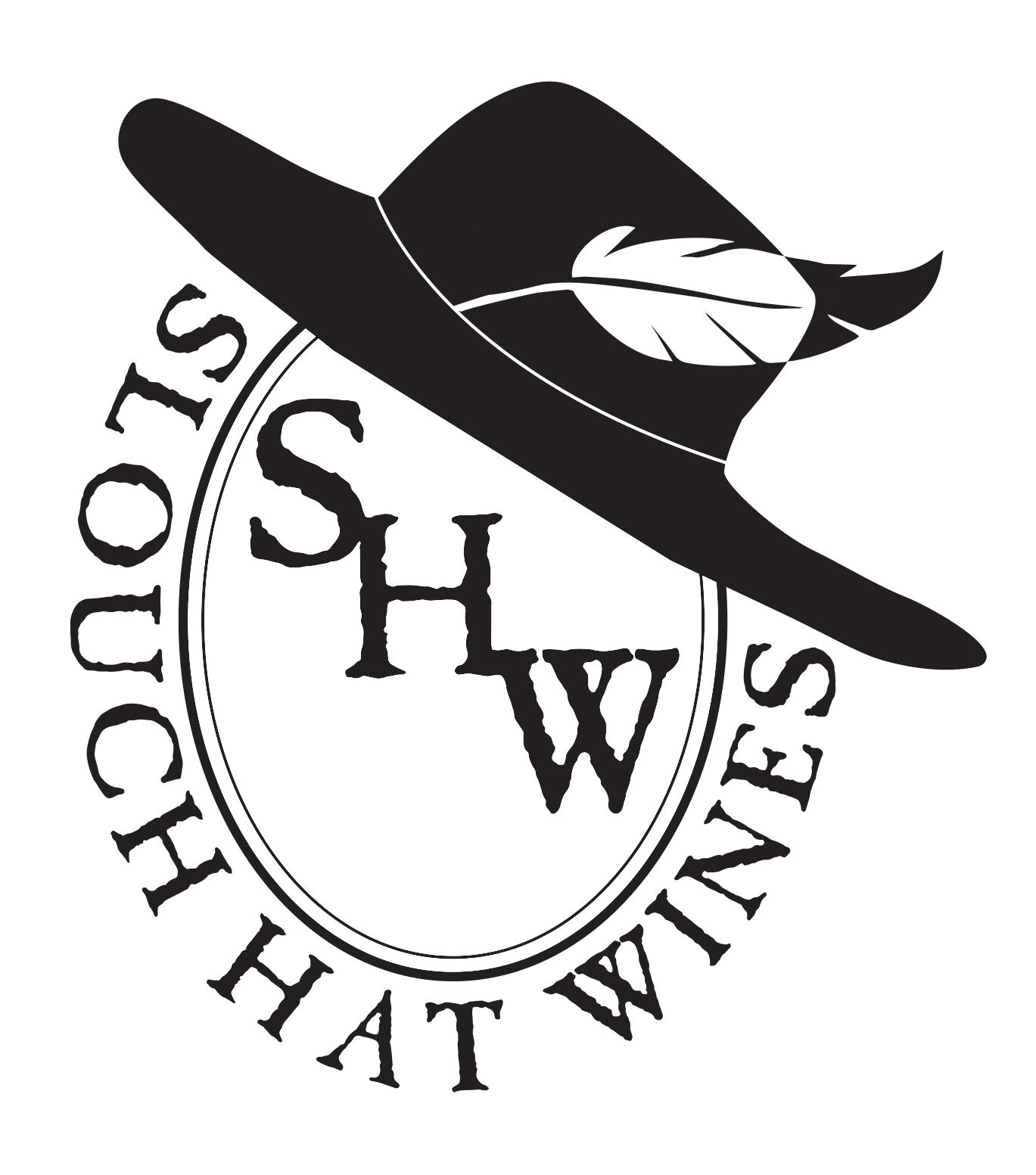Paws on the Pavement - Three Tier Distribution
The first bottles of Slouch Hat As You Were Sauvignon Blanc rolling off the bottling line.
Howdy, everyone! Po’Boy Fowler back after an extended absence. Thank goodness for the unlimited PTO at Slouch Hat Wines. Since our first bottling of Slouch Hat’s As You Were Sauvignon Blanc, we have been bombarded with questions about when the bottles will be in stores or how else to purchase one. We greatly appreciate the interest and love. Unfortunately, as my grandmother would say to my dad, “Patience, Matthew.” To help explain why it is taking some time to get you all a bottle I decided to hit the streets to learn about the three-tier distribution system. Like many things with the government this is a very easy topic to understand but in practice is extraordinarily complex. So here we go:
When prohibition was repealed, and God began to smile on America again, the federal government decided to wash its hands of the issue. Therefore, Congress delegated its authority to the individual states to regulate alcohol. With the intention of promoting public safety (ie keeping counterfeit and homemade alcohol off the market), preventing monopolies, and, most importantly, generating tax revenue the states decided to implement a three tier distribution system. The three tiers are:
1. Producers: those who make the wine, beer, liquor, etc.
2. Distributors: the middleman
3. Retailers: those who sell the wine, beer, liquor, etc to the consumer
Very simple, right? Right. Unfortunately, the states used this system as a foundation and each state then created its own laws to regulate it. Some states allow producers to distribute their own product. Others retain significant, if not, total control over the distribution and sale of alcohol. Have you ever been to a local ABC store in Mississippi or Virginia? The government is actually the retailer in these states. Sounds anti-capitalistic to me. In other states the government decided to protect the distributors by creating franchise laws. These laws require that the state approve the termination of a business partnership between the producer and the distributor. Hope you get it right the first time, because unlike marriage, it’s hard to dissolve. Finally, many states have started to allow direct to consumer sales. This means you can go online and order your favorite wine directly from the winery and it will show up at your door. This is a phenomenal advancement. Unfortunately, with 50 states comes 50 different laws. In certain states it’s a felony to ship wine directly to consumers or to ship more than what is allowed, so you better keep your state laws straight or you’re facing prison!
Due to this complexity, most small producers only sell in their home states or states with the simplest laws because distributing elsewhere is too complicated and eats at too much of the profit margin to justify. Therefore, a handful of very large companies own the vast majority of brands you find at your local retailer. Think about when you walk into the grocery store and every product is owned by Johnson & Johnson, Proctor & Gamble, or Nestle. It’s the same for alcohol.
So why does it take so long? The system natural creates a severe bottleneck at the distributor level. There are 10,000+ winery brands in the US alone and probably the same number of retailers in any given state, but only a couple reputable distributors to cover that territory. Those couple of distributors are the gatekeepers to the whole system. Once you get a meeting or a sample in front of a distributor if they like your product, they have to go convince the company to bring it into the portfolio. At that point the distributor then has to go out to all those retailers and convince them to stock the product. None of this is revolutionary or particularly unique to the alcohol industry. The main difference between wine and other consumer products is a single vintage can only be made once. You cannot do a small production, go sell it, and then make more if it gains traction like you would with beer or razors. You have to commit to the quantity you’re going to produce at a minimum of one year before it can be bottled, and the distribution process cannot start until you have that first bottle.
All of that to say the three-tier distribution system is an incredibly difficult system to navigate because each state has its’ own unique laws that change yearly. Small producers are often blocked from the system due to a lack of money and time. As a small producer you can pick and choose a couple of states or regions to focus on, but the entire process cannot start until you have your first bottle.
I hope this better explains why you aren’t currently sipping a glass of Slouch Hat As You Were Sauvignon Blanc. If you are in Arkansas or Southern California, you will have the chance to try a bottle this summer. For those of you outside Arkansas or Southern California, stand by to stand by. As we grow, we plan to expand our distribution footprint, but as mentioned we can only make one vintage at a time. So, remember “Patience, Matthew.”
Po’Boy Fowler
Chief Field Correspondent'
Slouch Hat Wines



